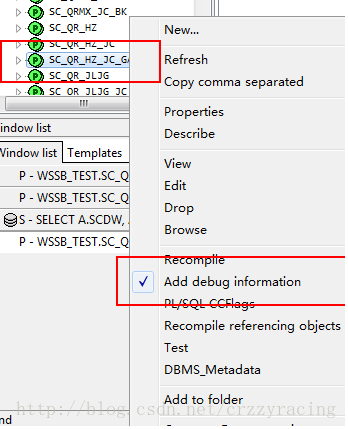PL/SQL (Procedural Language/Structured Query Language) Cursors are essential components for data manipulation within Oracle databases. Cursors enable developers to retrieve, manipulate, and process result sets row by row efficiently. They provide a means to iterate through query results and perform operations on each individual record. In this guide, we'll delve into the fundamentals of PL/SQL cursors, their types, and best practices for effective cursor programming.
PL/SQL offers three main types of cursors:
Let's explore the typical operations performed with PL/SQL cursors:
DECLARE statement, specifying the query to be executed.
OPEN statement, which executes the associated query and makes the result set available for processing.
FETCH statement to retrieve rows from the result set one by one. This operation continues until all rows are fetched or until specific conditions are met.
CLOSE statement to release associated resources and free up memory.Effective cursor programming requires adherence to certain best practices to ensure optimal performance and maintainability:
BULK COLLECT clause to fetch multiple rows at once, reducing context switches and improving performance.
EXCEPTION blocks to catch and handle errors effectively.

PL/SQL Cursors are indispensable tools for data manipulation and processing in Oracle databases. By understanding the different types of cursors, their operations, and best practices for cursor programming, developers can write efficient and maintainable code that effectively handles query results. Remember to balance the flexibility of cursorbased processing with the performance considerations of setbased operations to achieve optimal database performance.
文章已关闭评论!
2024-11-26 09:57:13
2024-11-26 09:55:49
2024-11-26 09:54:33
2024-11-26 09:53:24
2024-11-26 09:52:14
2024-11-26 09:51:06
2024-11-26 09:49:43
2024-11-26 09:48:33